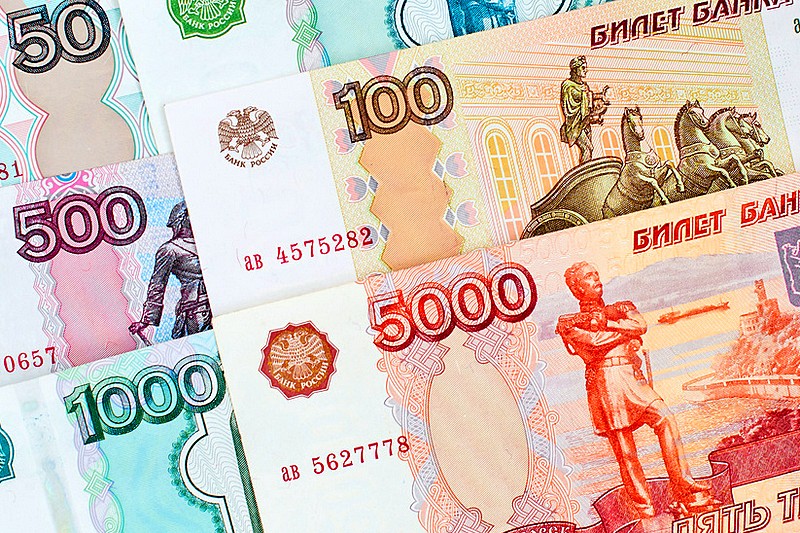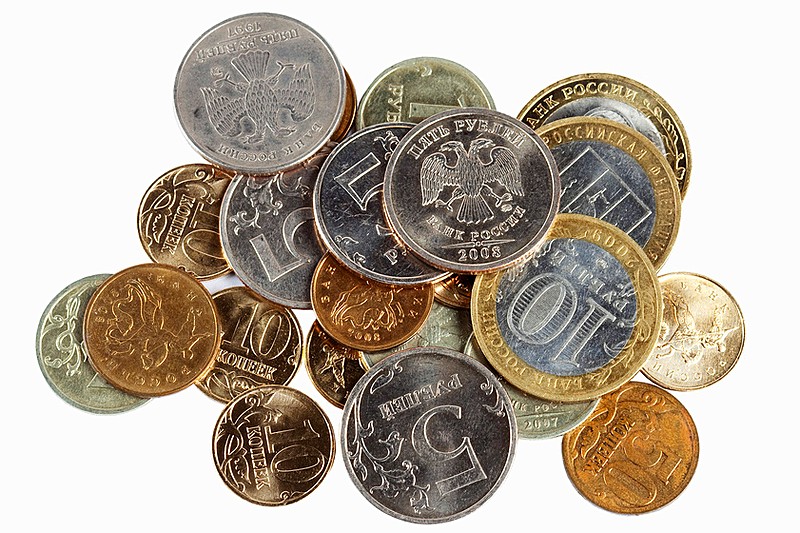Money matters
Prices have risen rapidly in the past few years, and St. Petersburg is now on a par with (or even slightly more expensive than) most major European cities for groceries, dining out, nightlife, entertainments, and sightseeing. While the cost of museums and cultural events is generally lower than elsewhere in Europe, almost nothing is free, and several cultural institutions (including the Mariinsky Theatre and the Hermitage) continue to operate a dual price system whereby foreigners pay considerably more than Russian citizens.

That said, there are still some pleasant surprises for visitors to the city. Public transport is on the whole very cheap, and that includes taxis (provided you use reputable taxi firms and indulging your bad habits will also cost very little, provided you stick to vodka and cigarettes. The average tourist should probably budget to spend around $100 per day excluding accommodation, while budget travelers will probably be able to get by on around $30 per day with a little effort.
Since the crash of 1998, the Russian ruble has remained fairly stable, except for a few wobbles during the 2008 financial crisis, standing at around 30 rubles to the US dollar and around 40 rubles to the euro. You can see today's exchange rates here. One ruble is 100 kopeks, and denominations are as follows: Notes - 50, 100, 500, 1000 and 5000 rubles; Coins - 1, 5, 10 and 50 kopeks, 1, 2, 5 and 10 rubles. Some 10-ruble notes are still in circulation, but rarely seen in Moscow or St. Petersburg. Why one kopek coins exist is something of a mystery, but they're quite fun to keep.

It is illegal to charge for goods or services in any currency other than rubles, and no longer will taxi drivers or bartenders happily take your dollars. Nonetheless, salaries and rents are still sometimes quoted 'unofficially' in dollars. There may also still be some bars and restaurants quoting prices in 'y.e.', which means 'standard units'. Popular in the late 1990s and early 2000s, this system allowed establishments to set their own conversion rate, normally somewhere between, and thus not have to alter their menus every time the ruble jumped. With the currency's increased stability, this practice has thankfully almost completely disappeared.
Recent legislation has dramatically cut the number of places you can exchange money in St. Petersburg, although there are still many more bureaux de change than in most European cities, some open 24-hour. The market is very competitive, and it's worth shopping around to find the best rates, particularly if you plan to change large sums. This only applies to dollars and euro, though, and other currencies are normally only changeable at larger banks or central exchange offices. Commission is normally negligible.
How To Bring Money To Russia
Buying rubles abroad is usually extremely difficult, and exchange rates, at least for dollars and euro, are much more competitive in St. Petersburg. If you want to carry cash, then bring it in one of those currencies.
Otherwise, the easiest way to access funds is through ATM machines once you get to St. Petersburg. Machines have sprung up all over the city in the last few years, and can be found in the lobbies of most hotels, in metro stations and, of course, next to banks. The flat-rate charges are small, and exchange rates are normally reasonable (although there's little way of checking beforehand).
Traveller's cheques are, of course, a safe option, and can now be exchanged in any branch of Sberbank, Russia's national savings bank, and several other large banks.
Credit and bank cards are now widely accepted in large shops, most restaurants (including fast-food outlets), and larger bars and nightclubs. It is always worth checking before you order, however, as some businesses don't consider it a major problem if their card terminals are out-of-order for a few days. Visa and Mastercard are accepted almost everywhere, while American Express and Diner's Club can rarely be used.
It is also worth noting that, due to high instances of card fraud emanating from Russia, some Western banks need to be notified of your travel plans, otherwise they may block your card automatically after the first time you use it in Russia, whether to make a payment or withdraw cash.

